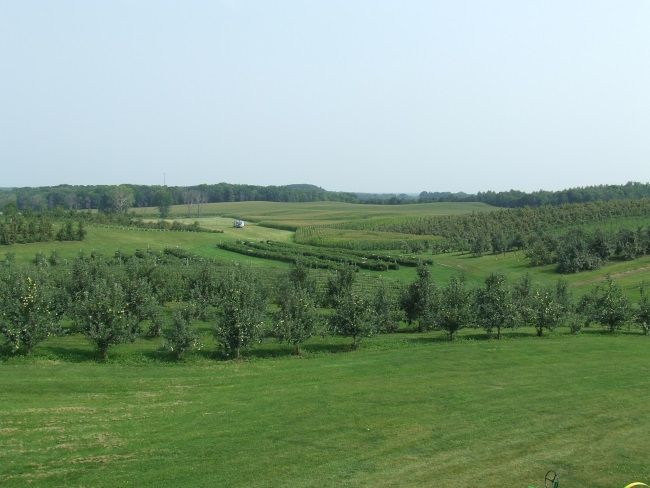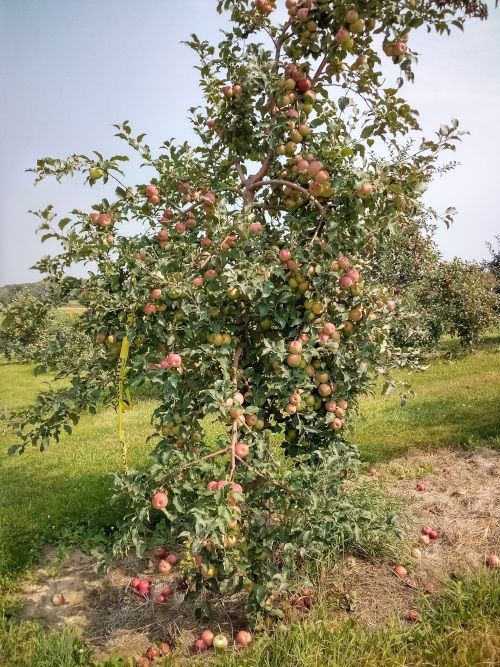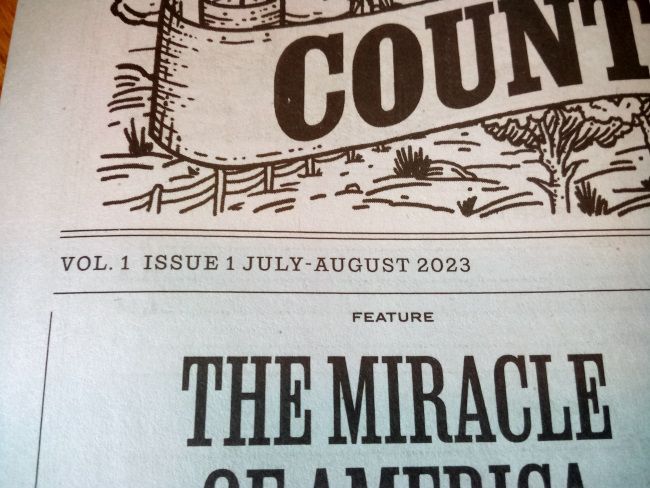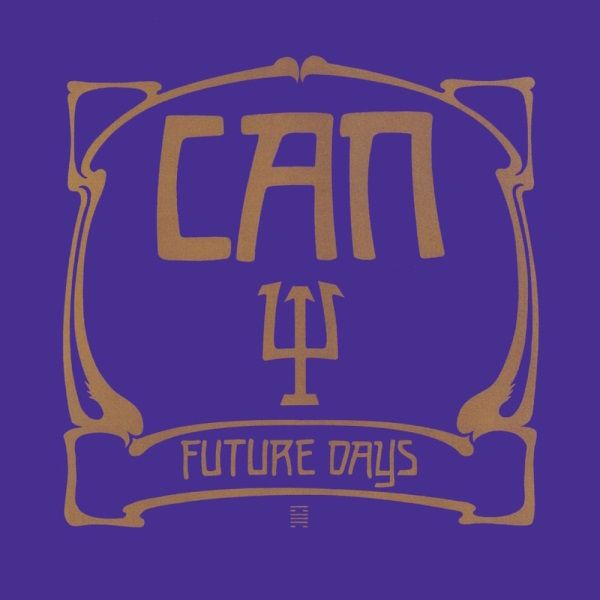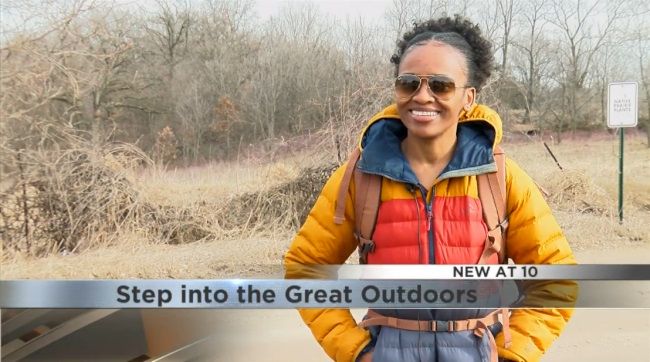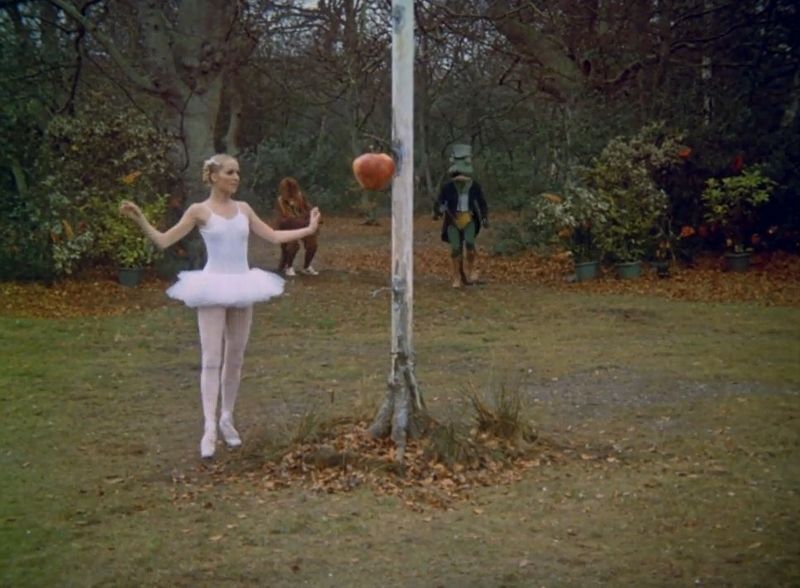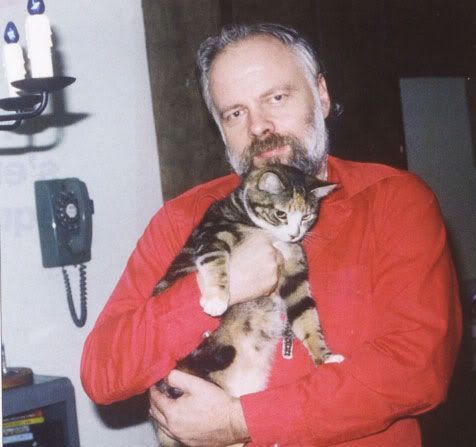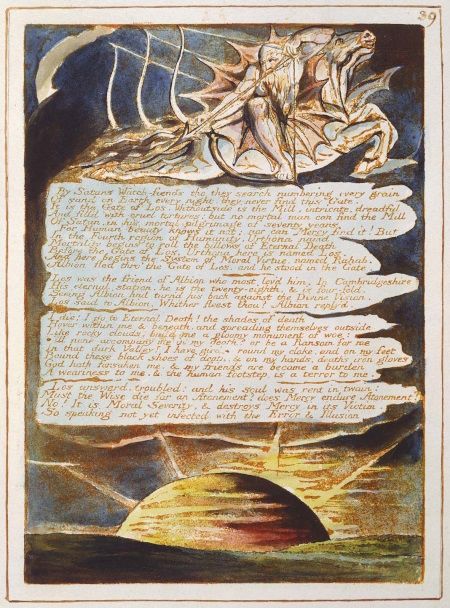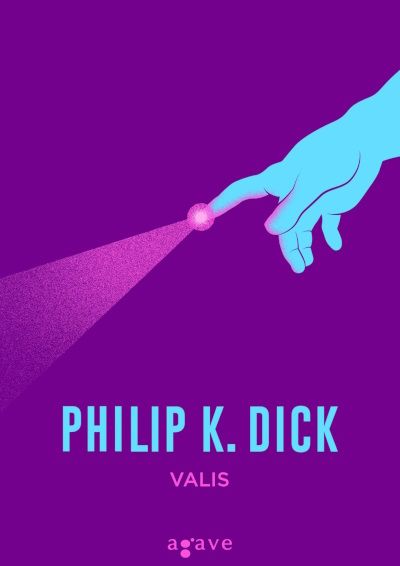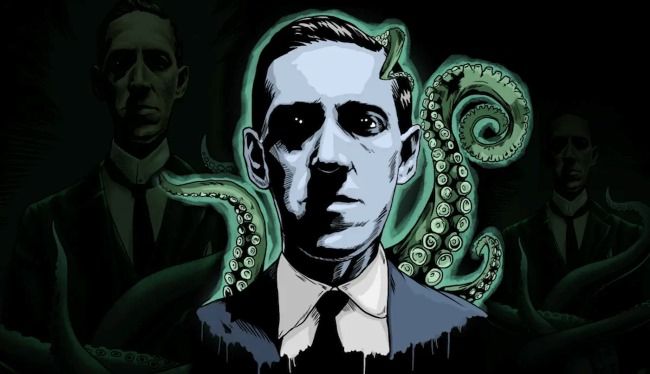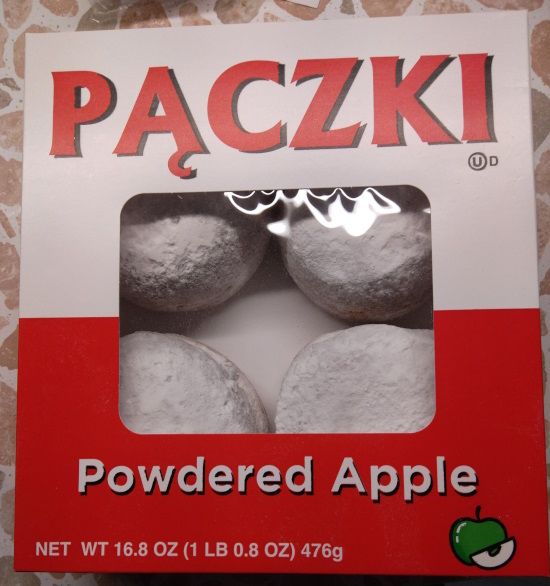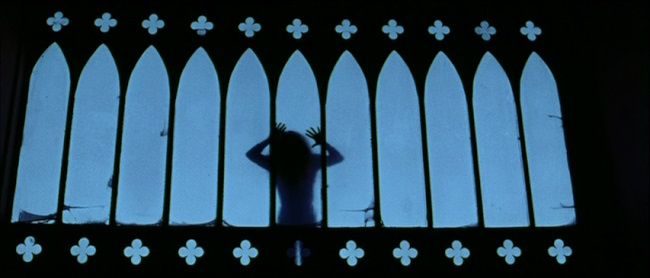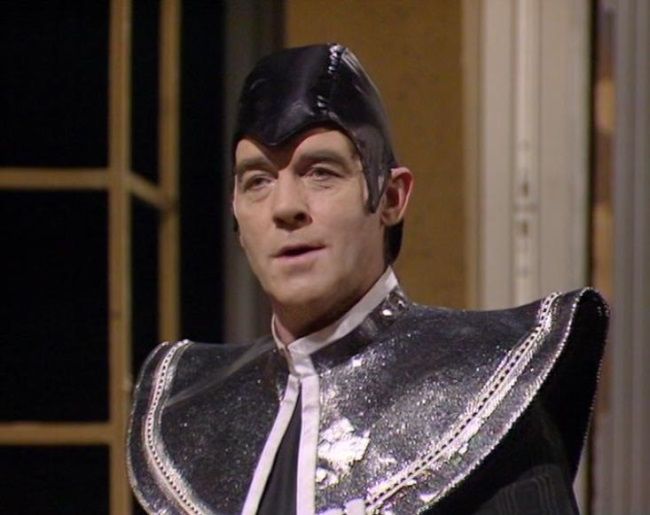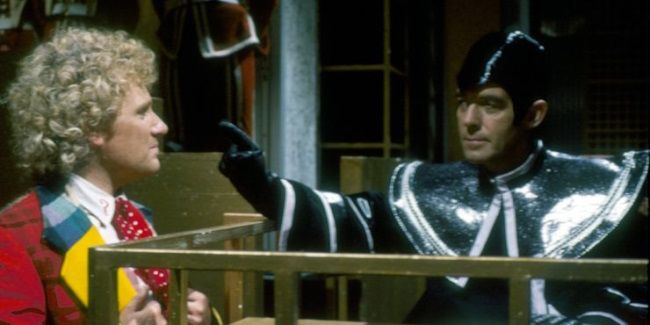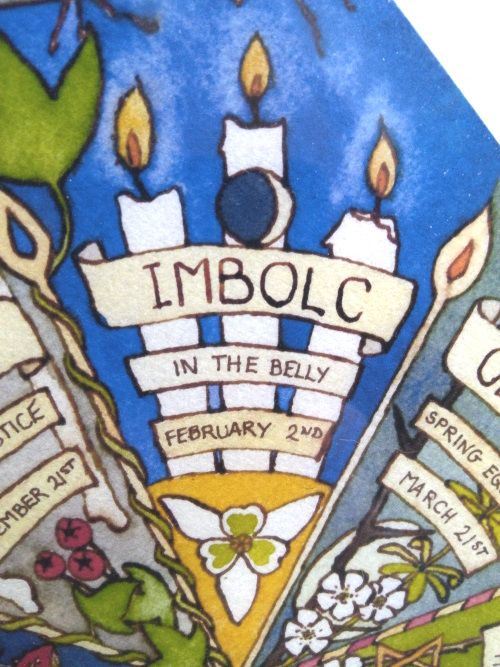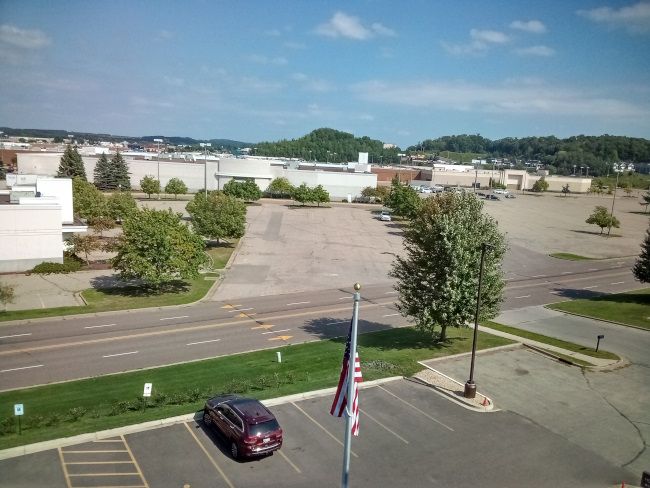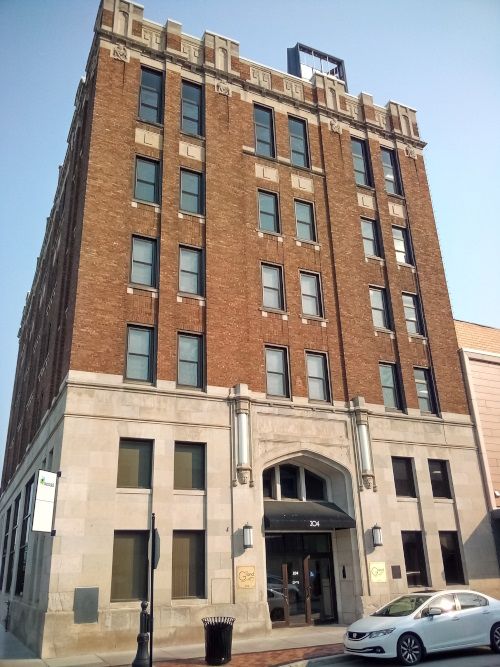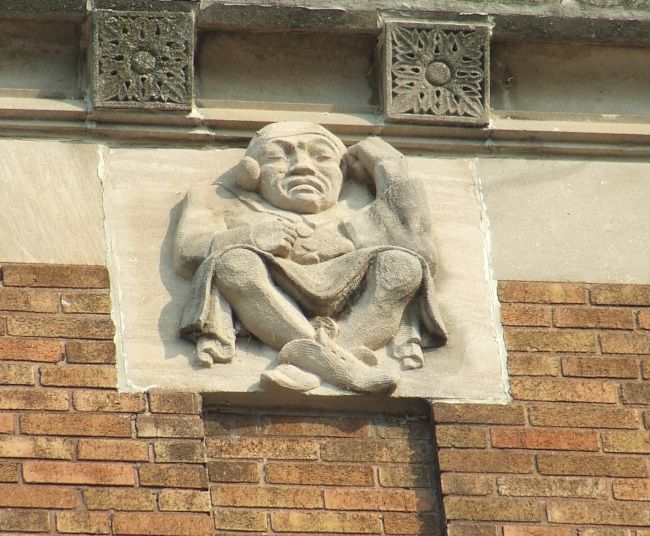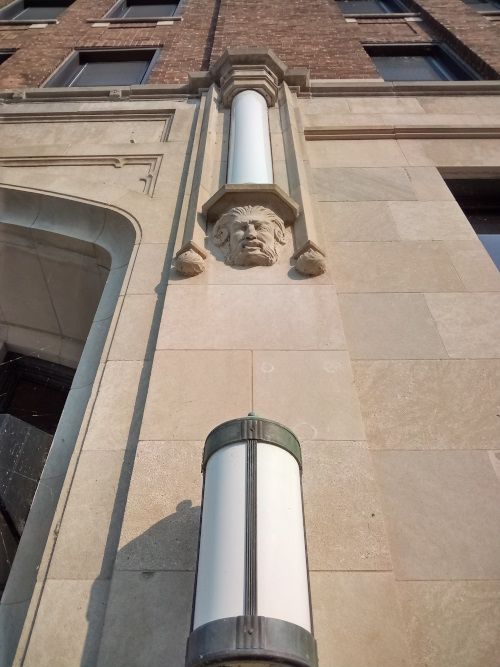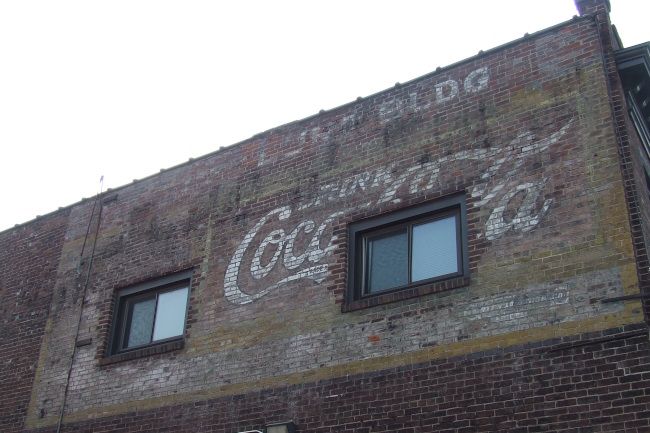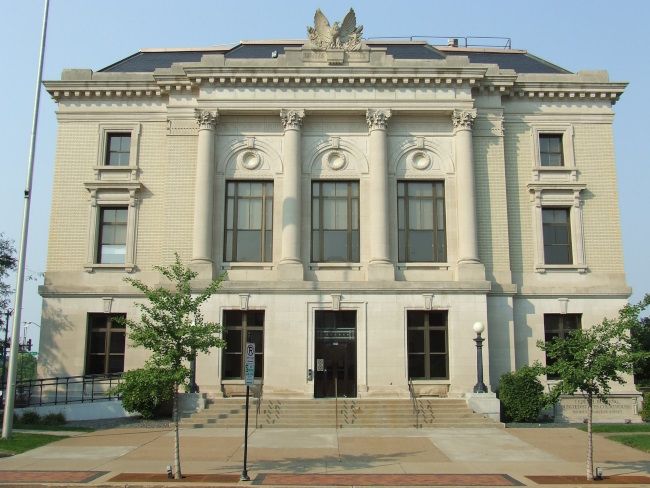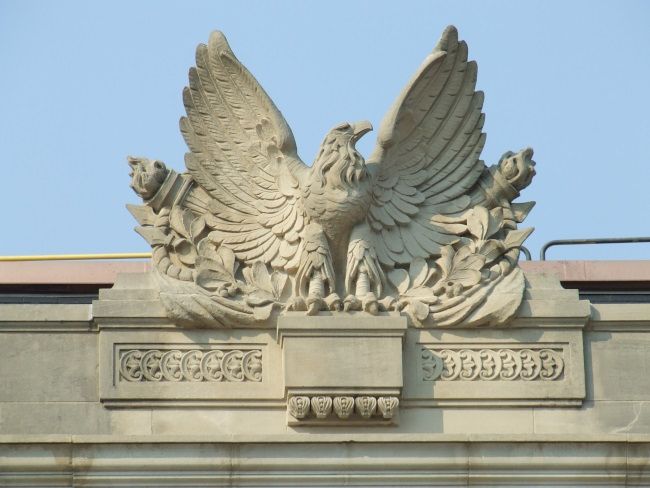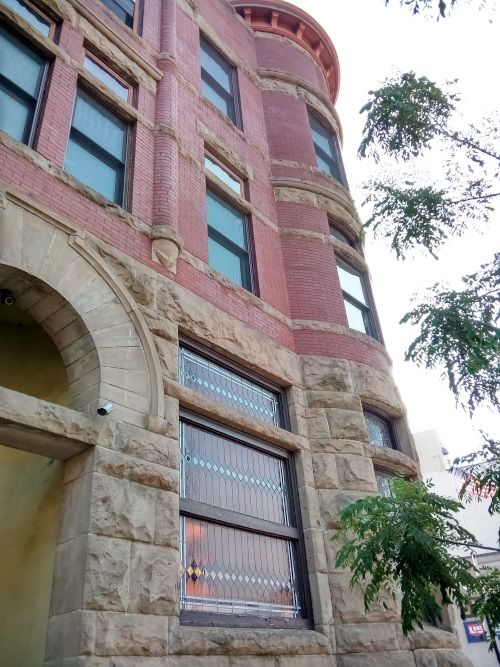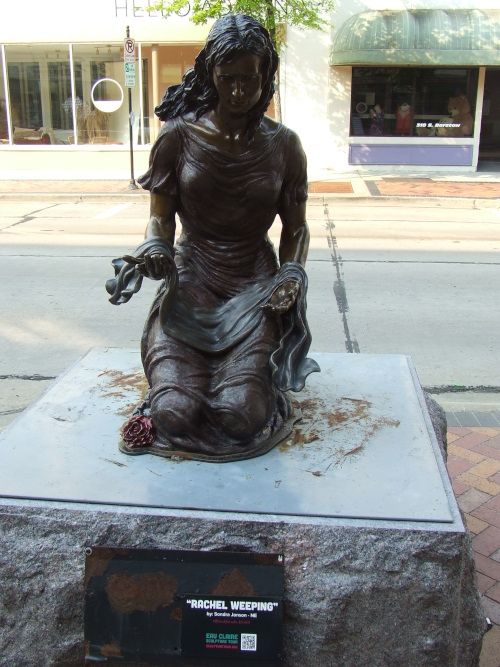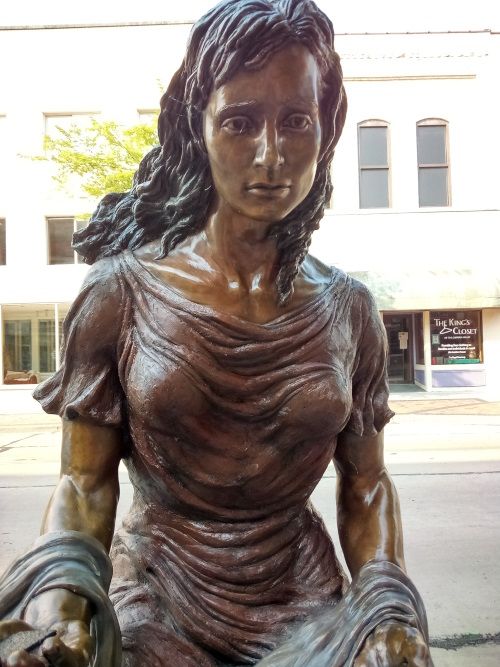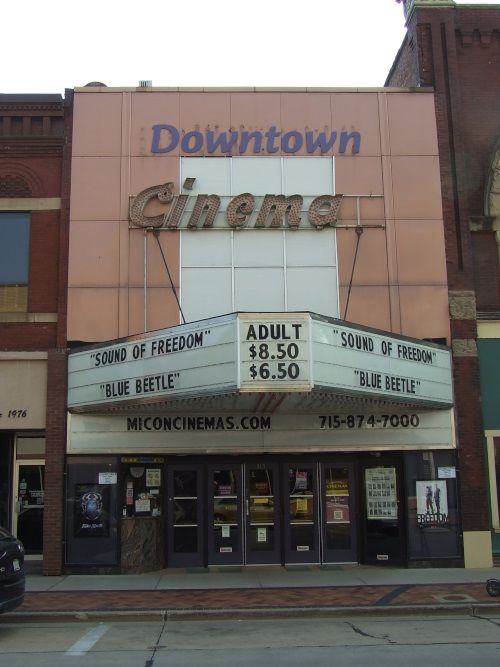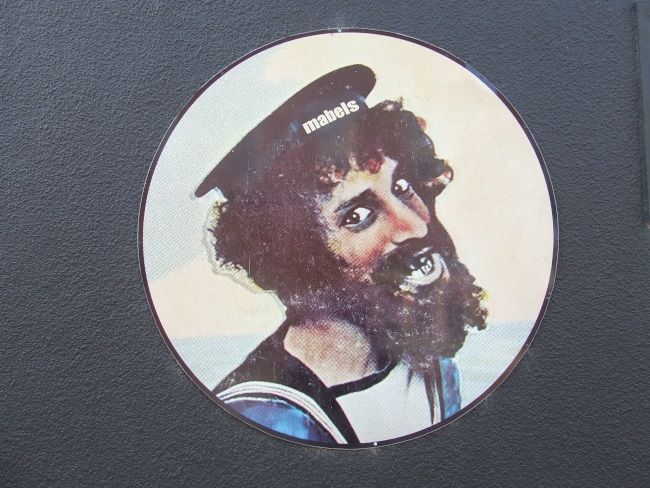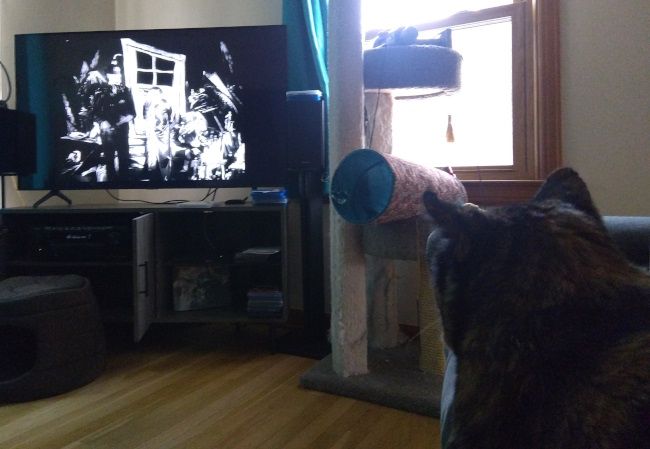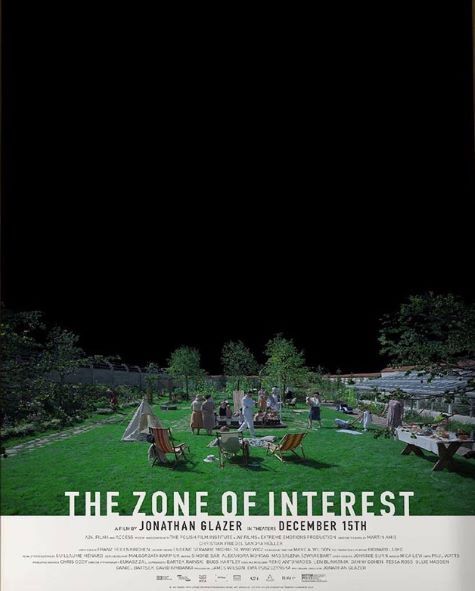(late-August 2023)
(See the wonderful prelude.)
I admit to being thoroughly shocked that the kids were up and awake the next morning at a fairly early hour. It’s just not like them as I was under the impression that they prefer (and are able) to sleep until late morning, like 11, if not until the early afternoon. This has certainly been the case when they stay at our house. Maybe they’ve turned over a new leaf. Or perhaps they were simply being accommodating of the old farts whom they knew were accustomed to rising in the antelucan darkness to take coffee with the dawn chorus.
They drove over to our hotel and we were soon off to Connell’s Orchard which lies out in the gently rolling hills northeast of Eau Claire. While still fairly cool out, it wouldn't be long before the sun heated things to a toasty 85 degrees or so. The scenery was absolutely gorgeous as we drove down a series of mostly straight, though sloping, country roads to get there. The foliage was still verdant and the air rich with that country smell of trees, grass, and wildflowers. (No cow poop.) At one point, I saw a bunch of cars lining both sides of the road ahead. The first thing that came to mind was that another family farm had gone under and that there was an auction being held. Thankfully that was not the case. Instead, a church was having a potluck picnic. It seemed that it had drawn people from as far away as Seymour with the promise of tasty eats and fine company.
I have no recollection of ever having been out this way back when I lived in the area but decided a return trip was needed even before reaching the orchard.
Once we parked, I made a bee line for an observation tower that afforded one a nice view of the orchard in addition to a slide that was fairly high up.
It was simply lovely. The hills were lined with apple trees that went up and disappeared into the distance. Eve would have been spoiled for choice. Clusters of raspberry bushes were tucked between and, presumably, made for borders where a section of one pomaceous variety ended and yielded to another.
The kids were out to pick raspberries and plums while the Frau and I were content to just stroll around and take in some sun and scenery. Emphasis on sun because it got rather hot rather quickly.
Both of the kids had cameras which I soon learned were actual 35mm film cameras. Good on them! I knew that they had both gone retro and become aficionados of vinyl records but didn’t know that their analog preferences extended to photography as well. I blame the boy's Luddite stepfather.
Ahem.
There was corn too and I wandered down a trail that led into a field of maize that I presume will become a maze before too long.
As I was traipsing down the path through the corn - I mean, you never know what woodland creature you'll encounter having a snack or if He Who Walks Behind the Rows is around, I heard an engine not too far in front of me. Was the corn being harvested? Was I going to be gobbled up by a combine and spit out the side to become a tasty long pig treat for some animals?!
What an ignominious way to go, meeting your end at the cutter blades of a piece of farm equipment when you're doing absolutely no farm work. I can just imagine the headline in The Chippewa Herald: "City slicker killed in corn combine calamity".
My momentary anxiety quickly dissipated when the sound became less loud as whatever farm implement it was had turned away from me. I exhaled in relief and wandered the corn a bit more before heading back out to the apples.
This poor tree was bending under the weight of all the fruit it bore.
Considering how dry the summer had been, I was surprised that the orchard appeared to have a bumper crop on their hands. I don’t know how long it takes for an apple tree to bear fruit (a few years?), but even the younger ones had apples aplenty.
My Frau went to relax in the shade as the heat had caught up with her so I met up with the kids who had a full quart of raspberries and were in search of the plums. I had no clue and found no signs so I flagged down a woman who presumably worked there as she was zipping along on her riding mower. I probably looked like a novice semaphore signaler with a case of Tourette syndrome as I stumbled down the hill towards her frantically waving my arms around to get her attention as she was staring straight ahead and had a pair of hearing-protection headphones on.
With her blonde hair pulled back in a pony tail, she was clad in shorts and a white tank top showing off a fairly dark tan. Even more generous, though, was her smile which seemed genuine as opposed to a put-on for a dumb tourist who can't read a simple map. Maybe she wasn't really happy to dole out some customer service and instead just thrilled to be outside as opposed to inside in front of a computer screen. Regardless, I didn't feel too stupid asking her where to find the plums.
She told me that the desired fruits were to be found up the hill, past the blueberry bushes, and out near the fence on the far side of the orchard. And so we trekked over that way. The blueberries were easy to find.
They weren’t far from the fence that the mower lady had mentioned so we looked around and wandered between rows of apples.
Apples, apples everywhere
And not a plum to be seen!
I felt a bit silly not being able to find the plum trees. How hard could it be to find a row of them? So we started heading back towards the store and noticed that the mower lady was plying her trade, zipping in and out of rows of saplings. She must have noticed the glum looks on our faces and asked if we had found the plum tree.
Tree! A single tree!
We told her we had not and she kindly escorted us to it. We were in the right general area but a couple rows off and too close to the fence. On the way over, I asked her about the orchard and she explained that the land has been in the owners’ family for generations. Indeed, the plum tree we were headed to had been planted decades ago by a great-grandmother.
As we approached it, I felt like I was treading on hallowed ground. After all, this tree was many decades older than me. I wanted to tell the kids to pick the fruit carefully so as not to damage it lest we get run out of the orchard with brickbats.
Look at those plums!
They were smaller and bluer than the ones I commonly find at the grocery store. Must be a different variety.
Since it was still early in the apple season, most of the trees were full of fruit. We walked down rows of trees bearing green varieties and thought they simply looked delicious. And then we were ambling by a row of red ones and the air became sweetly scented with apple. I wonder why it is that some have a powerful aroma while others do not. Looking around, I don’t think it was that there more of the latter kind on the ground busted open. Those seemed to be scattered everywhere. I really think some apples just have more of some aromatic compounds than others.
Roaming the orchard was the perfect way to spend the day. I bought a couple apple fritters before we left and they were amongst the best I’ve ever had. While there was some sugar sprinkled on them, they weren’t glazed. This put the heavenly combination of fried dough and apple up front instead of the rush of sugar and more sugar. Just excellent.
As I've gotten older, I've become anti-glaze, anti-frosting. They're fine and I eat glazed and frosted pastries occasionally but it's really the grain tastes I favor. A good cake doesn't need frosting. I like the cake part. I love the taste of grains and the Maillard reactions resulting from cooking them. This explains the tersely worded tweet I sent Nabisco after they discontinued production of rye Triscuits as well as the severe depression I fell into when Natural Ovens Bakery stopped making their 7 Grain Herb Bread. It is also why I love beer but am not enamored of those that have been barrel aged, made to taste like Hawaiian Punch, or contain enough hops to fell a horse.
On an old man note, the girl – a teenager – who was manning the cash register was unable to make change correctly. It seemed like the register was broken or as old as the plum tree because it wasn’t telling her how much to give in return so she kind of froze, unable to figure things out on her own. Are kids not expected to learn how to subtract without a calculator these days? Or was it just this particular girl?
Regardless, I loved Connell’s Orchard and cannot recommend it enough. Just count your change.
********
A few weeks ago I subscribed to County Highway which bills itself as “America’s Only Newspaper”. It does so because, although the paper has a website, you won’t find any of the articles or content there, just an overview of the publication and info on how to subscribe.
County Highway is the brainchild of two writers: David Samuels and Walter Kirn. I am completely unfamiliar with Samuels – no offense – and know Kirn only as co-host of the America This Week podcast with journalist Matt Taibbi. Kirn mentioned the paper on a recent episode and I looked into it.
The website trumpets:
“County Highway is a 20-page broadsheet produced by actual human beings, containing the best new writing you will encounter about America. It features reports on the political and spiritual crises that are gripping our country and their deeper cultural and historical sources; regular columns about agriculture, civil liberties, animals, herbal medicine, and living off the grid, mentally and physically; essays about literature and art, and an entire section devoted to music.”
I was intrigued and, after a couple weeks of procrastination, finally subscribed. My first issue – the first issue. which is sure to be a valuable collector's item (ha!) – arrived recently.
I understood that it was to be in the form of a 19th century broadsheet but was still taken by surprise at the font choices. They looked positively old timey. The paper looked like something that had been read by Wyatt Earp as he sat in an outhouse doing his business.
I’ve read the reports and a couple essays so I’ve got a fair bit under my belt but still have many pages to go.
I have read about the Miracle of America Museum in Montana, failing wheat crops in Oklahoma, Appalachian protest novels, as well as a jeremiad against AI, big tech, and the future promised us by the Elon Musks of the world amongst other pieces. Oh, and one about the commercial development of the area around Joshua Tree National Park that I will mention because it fits in with a general theme thus far: it’s been largely Western in approach.
Montana, California, Oklahoma – nothing Midwestern, though Appalachia has gotten some column inches. So far nothing about my part of the country. So far.
The stories have been about the common man and woman. While the great and the good may be named checked or their influence noted, it’s the little people who have gotten the bulk of the ink thus far. The overall tone seems to be a mix of Hunter S. Thompson tempered by a dose of downers and Paul Harvey. There is also an element of weird America to be had as well as an America that is simply not conceived of by popular culture and the mainstream media. Nooks and crannies of an offline world that resists the ostentatious allure of TikTok, Instagram, and Twitter.
If the paper were to fall on hard times and throw a benefit concert to raise funds, the Bob Geldof/Midge Ure figures would be remiss if they didn't recruit The Handsome Family to the cause. Same for Wovenhand. The music of these bands captures the off-in-the-ditch vibe of County Highway with off-kilter and intense perfection.
This being the very first issue, I am eager to finish it and see where the publication goes in the next one. It’s weird to be reading a paper newspaper again and I cannot think of the last time I subscribed to a genuine print publication.
OK, I just thought of it but it's a magazine.
I enjoy the focus a physical publication brings with no browser tab sitting right there to lure me into checking my email or go off to waste time on Reddit. No indicators that I have a new text message appear next to the banner. The world is a quieter, slower, and more pensive place with a newspaper.
********
Bonus photo. The Frau bought the cats what I call a scratching tray. It’s this tray filled with rows of cardboard pieces for cats to scratch on. Apparently it has been laced with catnip and now Piper is using it as a bed and a couch too as she spends hours sitting on it, looking up at the picture window. She has even dragged her favorite toys onto it and squats on them like a hen incubating her eggs.
